In the ever-evolving world of fitness, two titans stand fiercely in opposition: weightlifting and bodyweight training.Each offers unique benefits, challenges, and philosophies, drawing followers into a passionate debate about which approach reigns supreme in the quest for strength, endurance, and aesthetic appeal. While the clang of metal weights in a gym echoes the commitment of traditional lifters, the fluid movements of bodyweight exercises illustrate the power of using one’s own physique as a tool for change. In this article, we will delve into the core principles, advantages, and potential drawbacks of both methods, ultimately seeking to illuminate the ideal path for aspiring fitness enthusiasts. Whether you’re a seasoned athlete or just starting your journey, join us as we explore the ultimate showdown between weightlifting and bodyweight training—a battle not only of techniques but of philosophy, adaptability, and personal growth.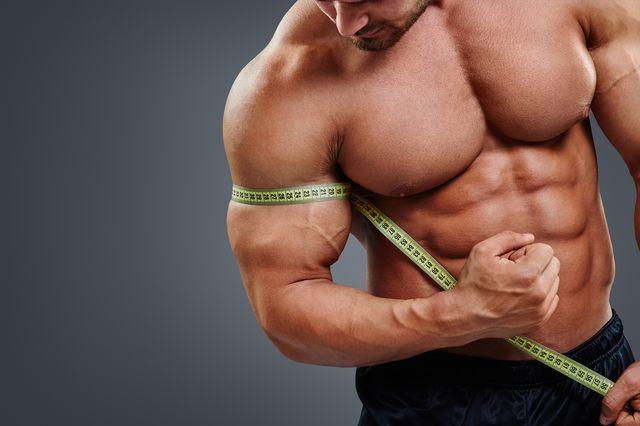
The Science Behind Strength: Understanding Muscle Growth in Weightlifting and Bodyweight Training
muscle growth, scientifically known as hypertrophy, is a complex process influenced by various factors, including the type of training regimen employed. In weightlifting, the principle of progressive overload plays a vital role.As athletes lift heavier weights over time, they create micro-tears in their muscle fibers. This process triggers the body’s repair mechanisms,subsequently leading to an increase in muscle size and strength. The primary stimuli for this growth come from:
- Mechanical tension: Weightlifting creates significant tension in the muscles during lifts.
- Muscle damage: The injuries from heavy lifting require repair, contributing to hypertrophy.
- Metabolic stress: The buildup of metabolites during intense workouts enhances muscle growth signals.
On the other hand, bodyweight training emphasizes functional strength and endurance.Exercises like pull-ups, push-ups, and squats engage multiple muscle groups, promoting stabilization and control. While bodyweight workouts may not involve the same level of mechanical tension found in free weights, they still facilitate muscle adaptation through a different mechanism. Key factors include:
- Time under tension: Maintaining positions and performing slow, controlled movements increases the load on muscles.
- Body awareness: This training develops proprioception, improving muscle coordination and engagement.
- Progressive variation: Modifying exercise difficulty makes bodyweight training adaptable and challenging over time.

The Flexibility Factor: how Each Approach Enhances Mobility and Functional Fitness
When comparing weightlifting and bodyweight training, the concept of flexibility in movement stands out as a crucial factor for achieving enhanced mobility and functional fitness. Weightlifting primarily focuses on building strength through resistance, often resulting in bulkier muscles that may limit certain ranges of motion. Though, modern weightlifting techniques frequently enough incorporate functional movements that encourage flexibility and adaptability, enabling athletes to maintain mobility during everyday activities.Key benefits of weightlifting for flexibility include:
- Increased muscle elasticity.
- Enhanced joint stability.
- Improved postural alignment.
On the other hand,bodyweight training naturally promotes a greater range of motion and encourages engagement of more muscle groups simultaneously. This form of training often requires the body to stabilize itself in various positions, thus enhancing overall flexibility and balance. By utilizing gravity as resistance, individuals are encouraged to maintain fluid movements, reducing stiffness over time. Advantages of bodyweight training for flexibility are:
- Encouragement of dynamic stretching.
- Increased body coordination.
- Greater emphasis on core strength.
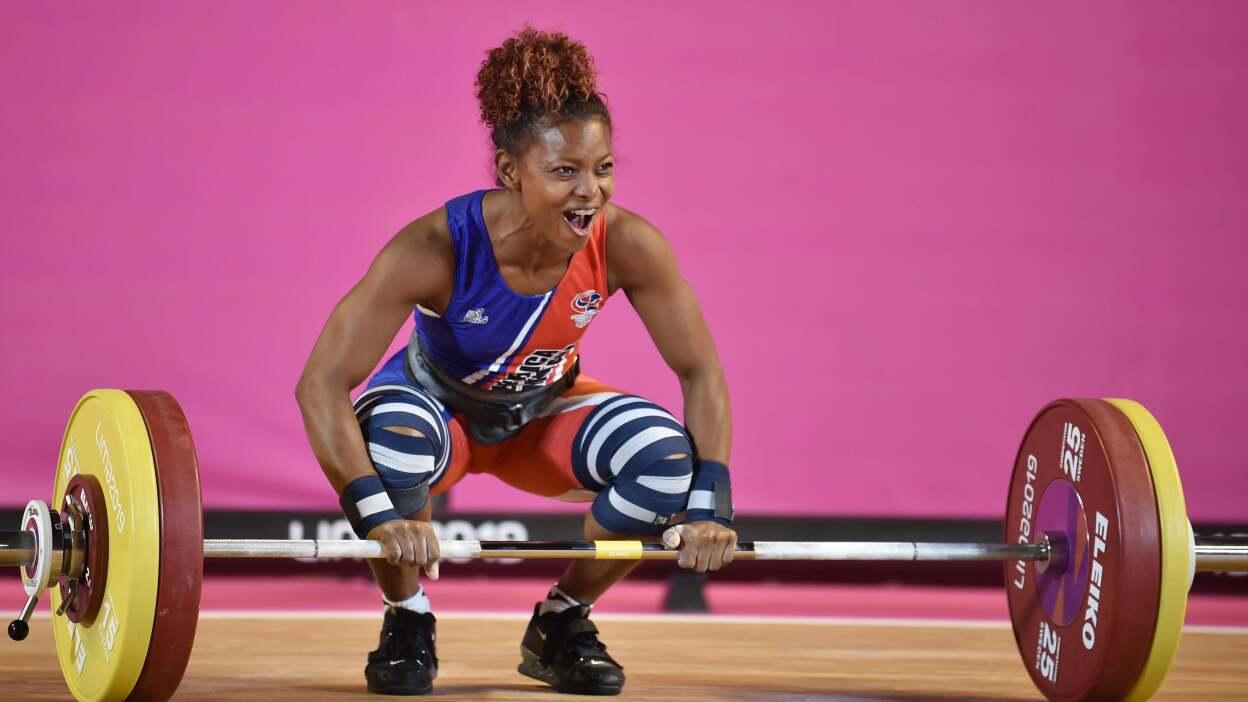
Accessibility and Convenience: Choosing the Right Training Method for Your Lifestyle
When it comes to selecting a training method,understanding your lifestyle and daily commitments can significantly impact your results. Weightlifting frequently enough requires access to a gym or a variety of equipment, which may pose a challenge for those on a tight schedule or without easy access to fitness facilities. On the other hand,bodyweight training offers a level of flexibility that allows you to sculpt your body anytime,anywhere. This method is ideal for individuals with busy lifestyles, as it can be done at home, in a park, or even while traveling. You can design your workouts around your routine without needing expensive equipment or gym memberships.
Furthermore, the convenience of bodyweight exercises promotes a sense of spontaneity, enabling you to fit speedy sessions into your day effectively. Here are some key aspects to consider when weighing your options:
- Time efficiency: Bodyweight workouts can be completed in short bursts.
- Equipment Accessibility: All you need is your body, while weightlifting usually requires specific gear.
- Location Versatility: Bodyweight training can be done outdoors, at home, or while on vacation.
- Progression Opportunities: With both methods, progression is achievable — a key factor for continuous betterment.
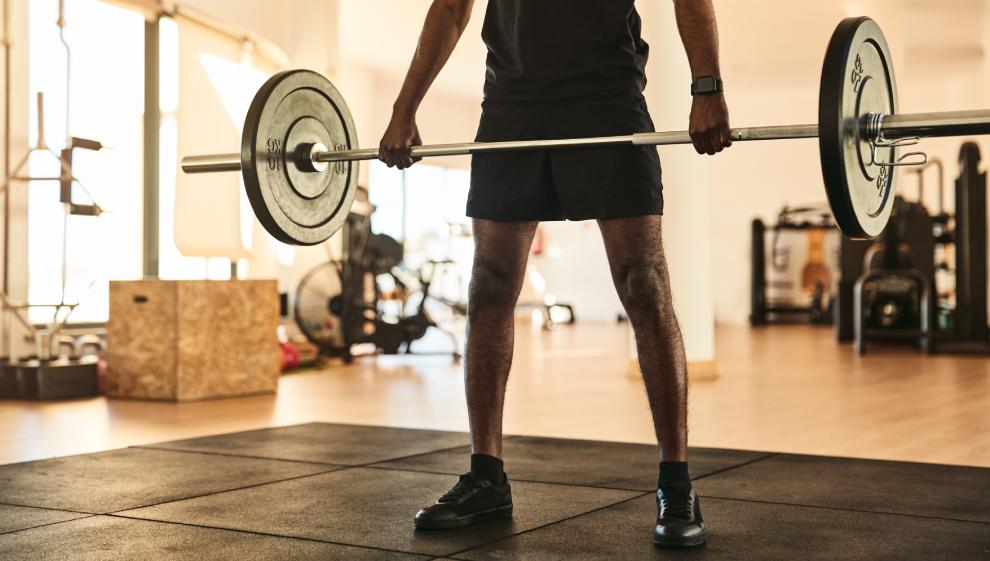
Creating a Balanced Routine: Integrating Weightlifting and Bodyweight Exercises for Optimal Results
Integrating weightlifting and bodyweight exercises in your fitness routine can yield exceptional results,as each method complements the other and helps in building a well-rounded physique.Weightlifting is instrumental in developing muscle strength and bulk, while bodyweight exercises enhance functional fitness and improve core stability. To create a balanced routine, consider alternating between these two forms of training.For instance, one could dedicate certain days of the week to weightlifting, focusing on compound movements such as bench presses, squats, and deadlifts. On alternate days, engage in bodyweight workouts—think push-ups, pull-ups, and planks—that leverage your own body for resistance.
When crafting your balanced fitness schedule, aim for a blend of both approaches. Here’s a suggested framework for your weekly routine:
| Day | Workout Focus |
|---|---|
| Monday | Weightlifting (Upper Body) |
| Tuesday | Bodyweight Training (Core & Mobility) |
| Wednesday | Weightlifting (Lower Body) |
| thursday | Bodyweight Training (Full Body) |
| Friday | Weightlifting (Total Body) |
| Saturday | Active Recovery (yoga or Stretching) |
| Sunday | Rest |
this balance ensures not only that you remain engaged and motivated but also enhances recovery by alternating muscle groups and types of strain.Ultimately, incorporating both modalities fosters complete fitness development and keeps workouts fresh and intriguing.
To Wrap It Up
As we draw the curtains on this ultimate fitness showdown between weightlifting and bodyweight training, it becomes clear that both paths lead to strength, resilience, and personal transformation. Each method offers unique advantages,whether it’s the precision and progression of weights or the flexibility and functional benefits of bodyweight exercises. The real victory lies not in choosing one over the other, but in understanding how they can complement each other in your fitness journey.
Ultimately, the best workout is the one that resonates with your goals, capabilities, and lifestyle. As you embark on your quest for strength,let the insights gleaned from this comparison empower you to forge your own path. whether you find joy in lifting bars or mastering your own body, the key is consistency and dedication. Now, it’s time for you to take charge of your training, harnessing the techniques that will elevate your health and well-being. Happy lifting, or should we say, happy moving!


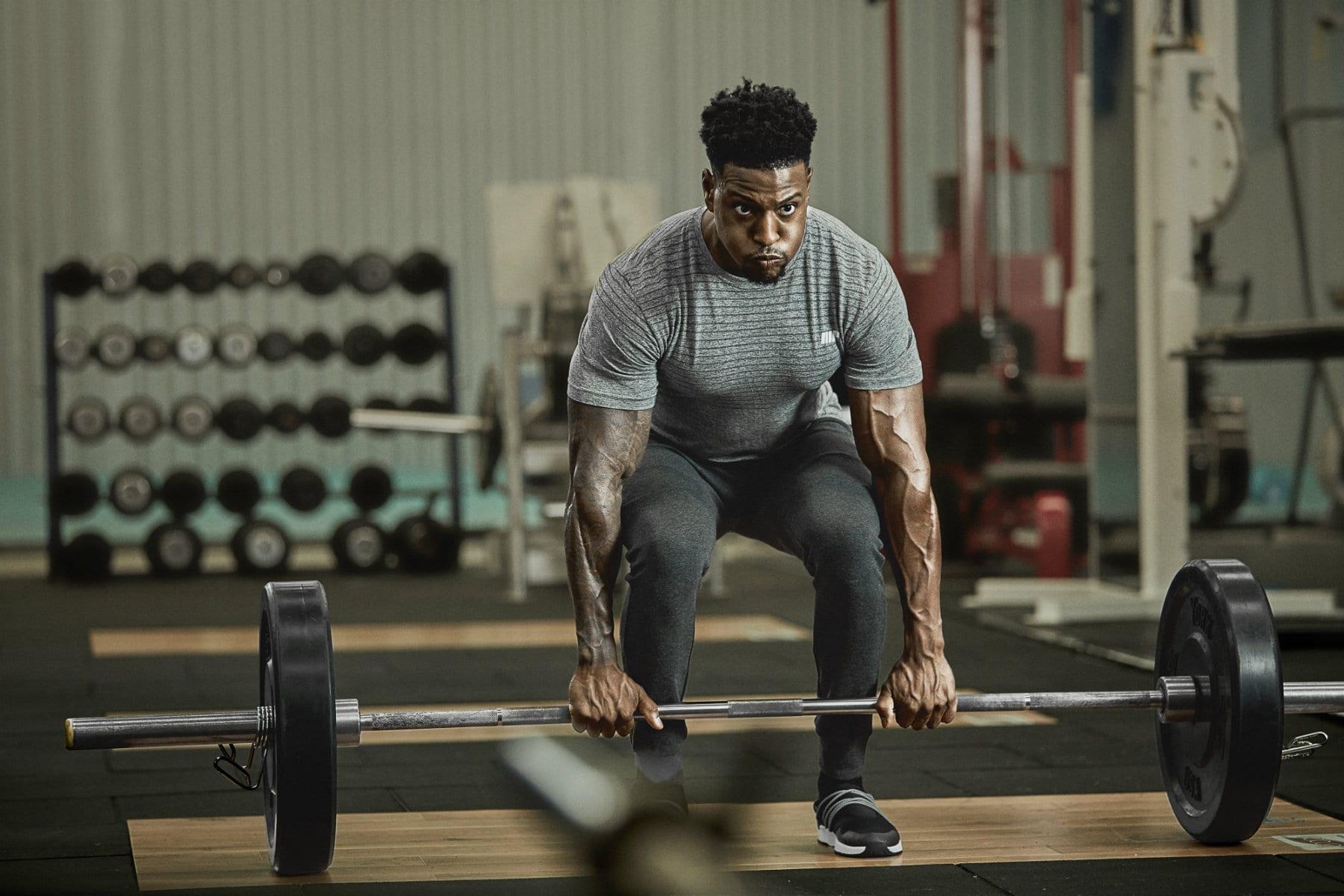

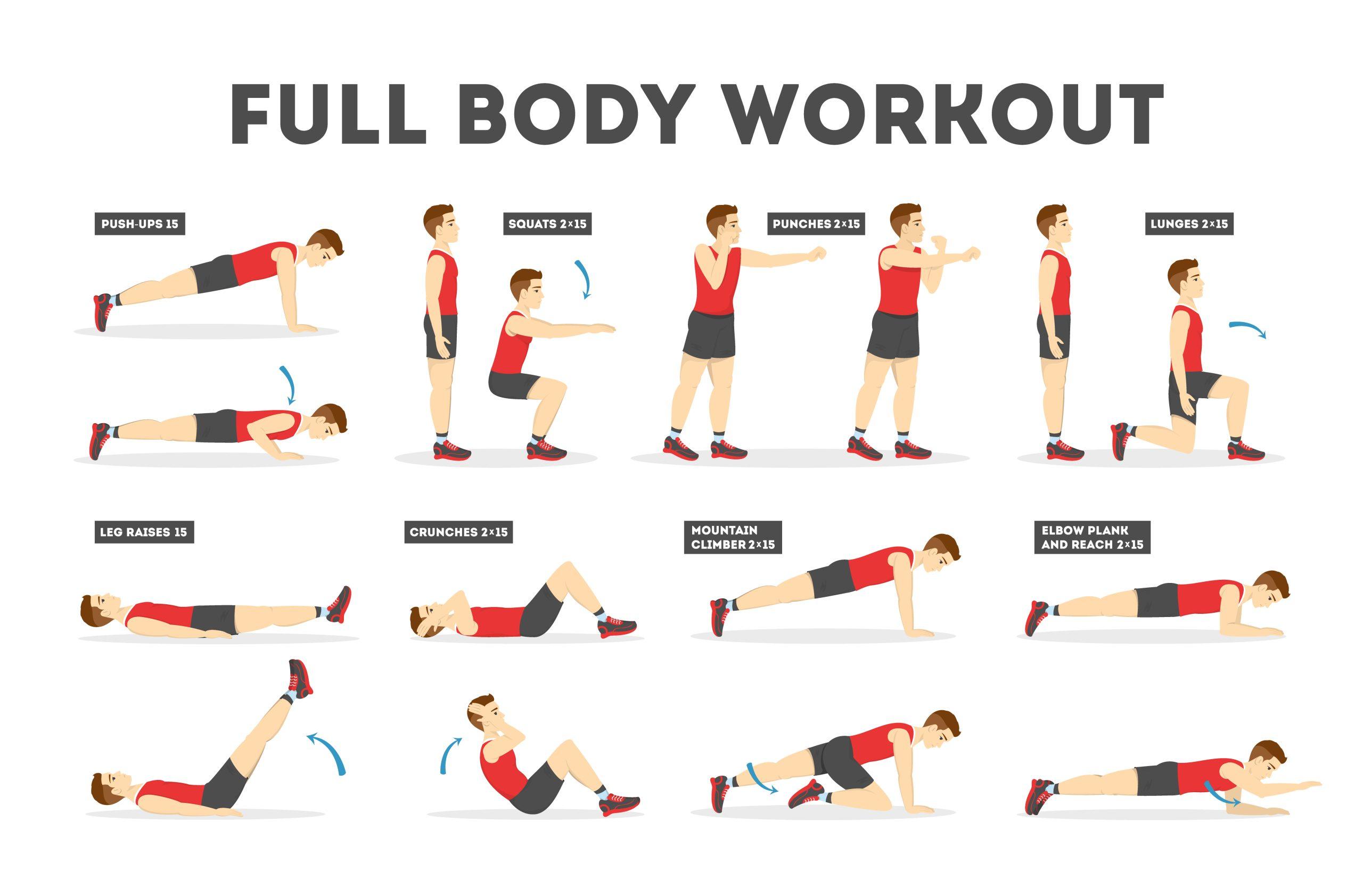


Leave a Reply